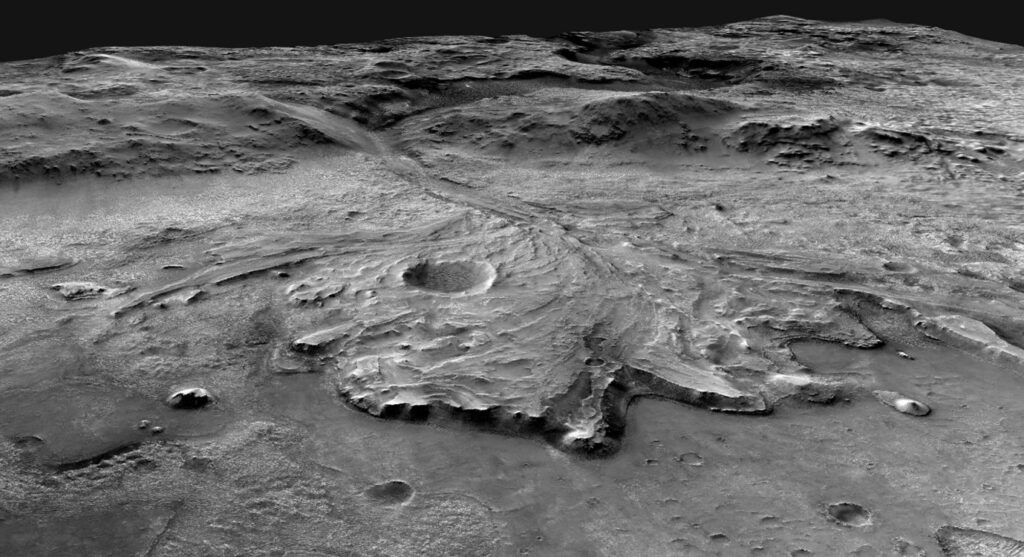February 2024 Dark Skies
I hope you were able to get out in the cold snap and see some amazing stars and meteorites before Storm Isha arrived. There were some great opportunities to study Orion and the M42 Galaxy if you had binoculars as the air was so dry.
So, what can we plan for February? Orion still dominates the sky so continue to observe and get to know this constellation. The brightest star in the sky is Sirius – quite low down in the sky. This is in the constellation Canis Major. See in the [pictures how to navigate to Sirius and the Canis constellation


In the evening at about 18.00 you should be able to see the “star cluster” of the Pleiades just “above” the moon and as the moon track across s the sky you should be able to see a bright object that is Jupiter. Early morning dog walkers, 07.00ish, should be able to see Venus low and bright in the South east, early February.
Early February there will be a star very close to the southern pole of the moon – this will be Spica within the Constellation Virgo.
Although not easy you should be able to make out the form of Virgo as is shown below.

Spica is the brightest object in the constellation of Virgo and one of the 20 brightest stars in the night sky. Analysis shows that it is located 250±10 light-years from the Sun It is a binary star and a system whose two stars are so close together they are egg-shaped rather than spherical, and can only be separated by their spectra – colour analysis. The primary colour of Spica is Blue. It is a Blue Giant.
A binary star or binary star system is a system of two stars that are gravitationally bound to and in orbit around each other. Binary stars in the night sky that are seen as a single object to the naked eye are often able to be differentiated using a telescope as separate stars, in which case they are called visual binaries. Many visual binaries have long orbital periods of several centuries or millennia and therefore have orbits which are uncertain or poorly known.
Rigel in Orion is also a blue giant. They go giant after eight million years after having already burned through all the hydrogen they have. Blue stars die out 1000 times faster than even a yellow star like our Sun! We may not be around to see this!
Venus, the Moon, and Jupiter close together:
On February 22, you can see these three celestial planets close together in the evening sky. Venus will be the brightest of the three, with Jupiter and the Moon nearby
(Almanac 2024)
Things happening in space – Missions to Mars
Three missions arrive at Mars this month. The ‘Hope’ orbiter of the UAE Space Agency will seek to move into orbit around Mars on 9 February, with China’s Tianwen-1 Spacecraft, which looks to land a rover in May, arriving a day later.
After being launched in the summer of 2020, and travelling nearly 480 million kilometres (300 million miles), NASA’s Perseverance Rover will arrive and land on Mars on 18 February. The process of slowing from inter-planetary speeds of 20,000 kilometres per hour (12,500 mph) to touching down gently on the surface of Mars is described as the “seven minutes of terror”. You can see NASA’s animation of that process here.

Jezero crater on Mars, landing site for NASA’s Perseverance Rover. The rim of the crater in the background has been carved in the same way we see rivers carving the landscape here on Earth, with the delta of material deposited into what was once a great lake, clearly visible in the foreground.
Perseverance will be the biggest vehicle ever landed on Mars, weighing over 1,000kg (as much as a small car) and carrying a huge payload of scientific research instruments, including those required to look for signs of ancient microbial life in the sand, soil and rocks around the Jezero crater. It will drill and prepare samples of the Martian surface that will be collected and returned to Earth by future missions to the red planet.
The rover is also carrying a small helicopter called Ingenuity, about a metre across, which will attempt the first powered flight on another planet. Excitingly, all of this will be captured by the cameras on board the Perseverance rover.
The exploration and science opportunities from this mission are fascinating – best of luck to our NASA colleagues (and to Perseverance and Ingenuity!) from everyone here at the UK Space Agency!
NASA restores contact with Mars helicopter Ingenuity

(NASA/JPL-Caltech)
We held our breath for a moment on Jan. 18, when scientists announced they’d lost contact with the Perseverance Mars rover’s helicopter, Ingenuity. But over the weekend, Ingenuity phoned home and NASA is again communicating with the little Mars chopper. But what happened?
And finally the star map for looking south

From Night Sky Map for February 2024: Orion, The Hunter | Almanac.com







